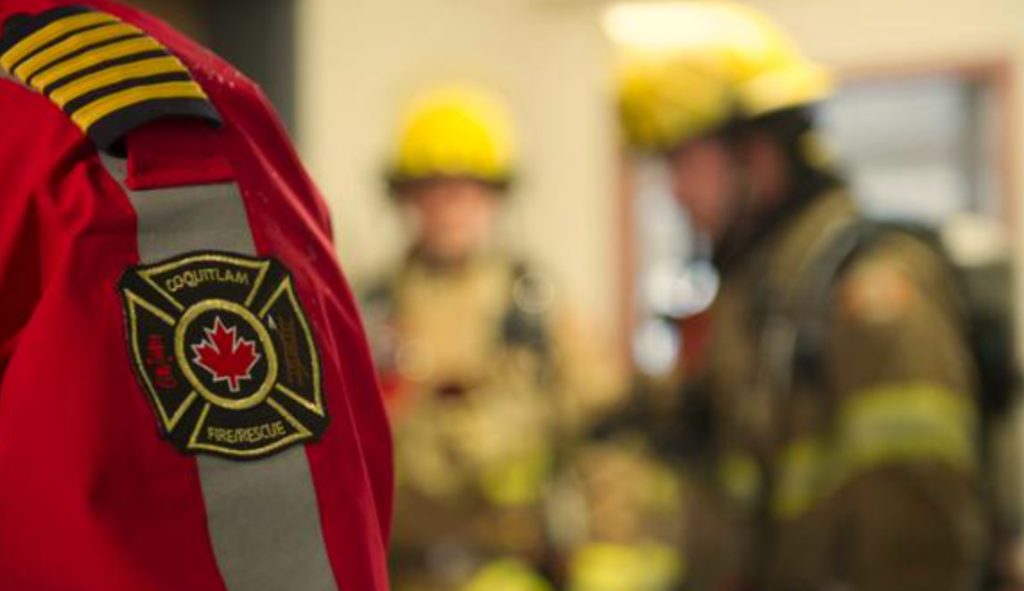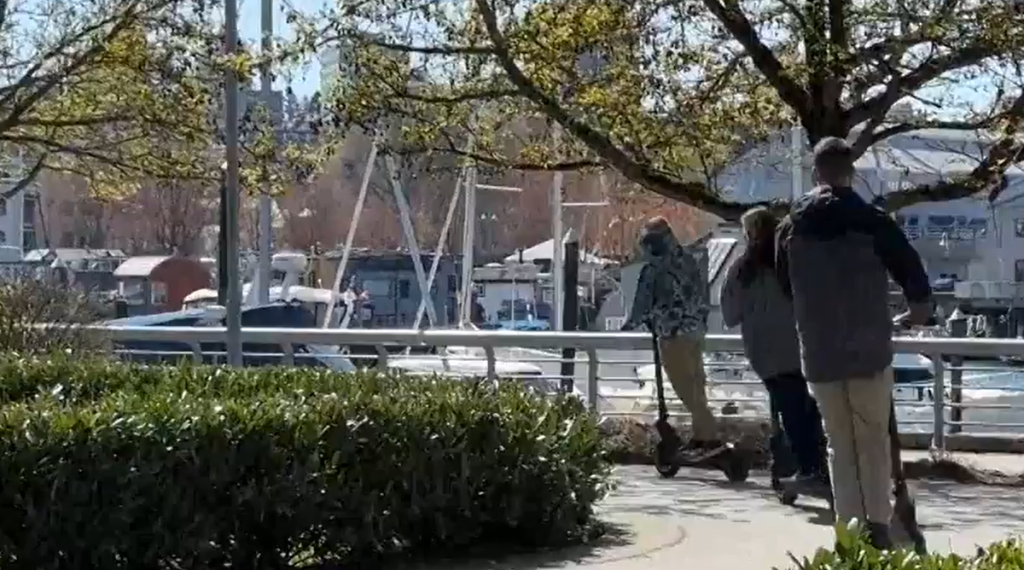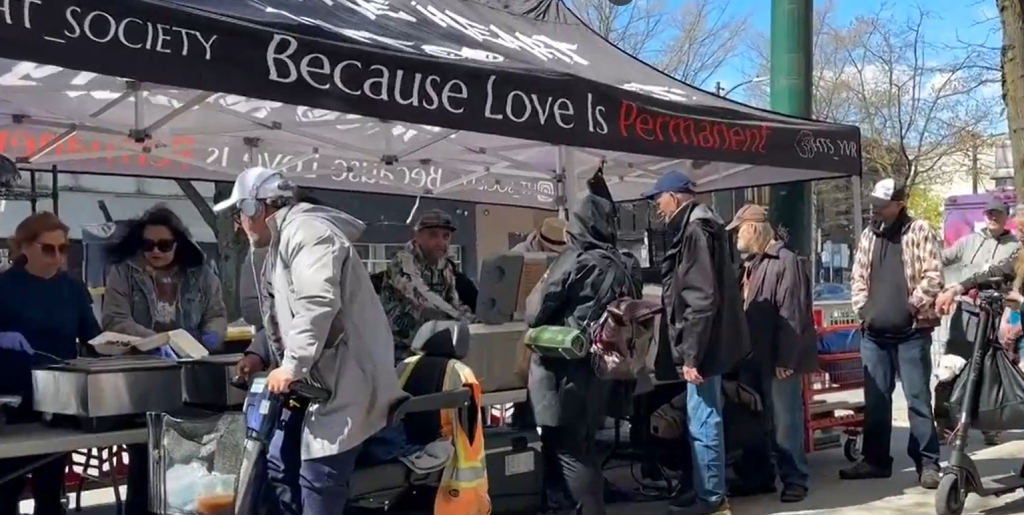B.C. First Nations launch investigation at former St. Paul’s residential school
Posted August 10, 2021 10:31 am.
Last Updated August 10, 2021 6:33 pm.
Emotional support or assistance for those who are affected by the residential school system can be found at Indian Residential School Survivors Society toll-free 1 (800) 721-0066 or 24-hr Crisis Line 1 (866) 925-4419.
NORTH VANCOUVER (NEWS 1130) – Three B.C. First Nations are coming together to launch an investigation into the disappearance of several children at the site of a former residential school in North Vancouver.
The Sḵwx̱wú7mesh Úxwumixw (Squamish Nation), as well as the xʷməθkʷəy̓əm (Musqueam) and səl̓ilw̓ətaʔɬ (Tsleil-Waututh) Nations, say they have begun the initiative at the former St. Paul’s residential school to find answers about children who went there, but never made it home. They say over 2,000 children over six generations attended St. Paul’s, which operated between 1899 to 1958, and public records say 12 unidentified children died there between 1904 and 1913.
The Nations say many of those children were later forcibly relocated to Kamloops Indian Residential School, where the remains of 215 children were found in May.
“It’s important to note that our People’s experiences with St. Paul’s Indian Residential School are well known and healing is needed to move forward. This work is being done to respect and address both known and unknown knowledge, and is a critical part of reconciliation,” said Khelsilem, who speaks for Sḵwx̱wú7mesh Úxwumixw.
This is an Indigenous-led investigation, with the Nations saying the process will be “supported and sustained by Sḵwx̱wú7mesh culture and customs.”
“As a Nation, we are in motion, committed to guiding the investigation in a way that protects, supports, honours and brings peace to our members, survivors, their families, xʷməθkʷəy̓əm and səl̓ilw̓ətaʔɬ relatives, other Indigenous communities, and to the children who attended St. Paul’s and remain separated from their families,” Khelsilem said.
Squamish Nation annuounces start of investigation into children who didn't return home from former St. Paul's residential school in North Vancouver along with Catholic Church. @NEWS1130
— Paul James (小保) (@pjimmyradio) August 10, 2021
The investigation will include formal interviews with survivors who attended St. Paul’s, the Nations say. They will also gather records related to the school, including those from all levels of government, the Catholic Church, and the Truth and Reconciliation Commission.
There will also be “remote sensing searches” of certain areas of the site, which may include the same ground-penetrating radar that was used to discover the remains at the site of the former Kamloops Residential School earlier this year. The Nations notes they are not certain this technology will be used, as there are some “unique considerations” at the North Vancouver site, including the fact that it is currently owned by the Roman Catholic Archdiocese of Vancouver, and that over the past six decades, there has been “extensive development” on the property and the areas of interest.
“Whether or not unmarked graves are found, there is enough documented oral and archival evidence to say that these burials do or did exist,” Khelsilem said.
“No one in our communities is untouched by the intergenerational harm of residential schools. Our process will prioritize listening and caring for our people first and foremost. This sacred and healing work is very difficult, but will directly contribute to the health and wellbeing of present and future generations of Sḵwx̱wú7mesh, xʷməθkʷəy̓əm, and səl̓ilw̓ətaʔɬ Peoples.”
St. Paul’s residential school was operated by the federal government and the Order of the Oblates of Mary Immaculate under the Roman Catholic Church.
Related video: Residential school survivor speaks on generational trauma
On Tuesday, the federal government committed an additional $83 million for the searches for unmarked graves at former residential school sites, and an additional $107 million for mental health services to help heal intergenerational trauma from the residential school system.
Another $101 million will go towards repurposing or tearing down the old schools or making changes at the former sites. The feds also announced funding for a national monument in Ottawa to honour the survivors and victims of the residential school system.
Justice Minister David Lametti also announced a special appointee who will work with Indigenous communities in uncovering unmarked graves and act as a liaison with federal and provincial governments.
The Truth and Reconciliation Commission issued its final report on residential schools more than five years ago. The nearly 4,000-page account details the abuse inflicted on Indigenous children after they were taken forcibly from their families to institutions where they were forbidden to speak their language and punished brutally for any attempts to practice their culture. Physical and sexual abuse were rampant.
In May, the Tk’emlúps te Secwépemc First Nation confirmed, using ground-penetrating radar, the remains of 215 children — some as young as three years old — had been confirmed. The search of the site of the former Kamloops Indian Residential School, which was once the largest in Canada’s residential school system, renewed calls for all former sites to be searched across the country.
Less than a month later, the Cowessess First Nation confirmed 751 unmarked graves were uncovered on the grounds of the former Marieval Indian Residential School in Saskatchewan. Later in June, the Lower Kootenay Band said a search using ground-penetrating radar found 182 human remains in unmarked graves near Cranbrook, close to where the Kootenay Indian Residential School once stood. In July, the Penelakut Tribe has confirmed more than 160 unmarked, undocumented graves at the site of a former residential school on their territory near Vancouver Island.
Related articles:
-
Catholic group that ran B.C., Sask. residential schools to disclose records
-
Ottawa allocates millions to searches for unmarked residential school graves
-
Walk to honour children, survivors of Canada’s residential schools ends in Kamloops
After the unmarked graves were located — something First Nations leaders have stressed was not a discovery but rather a confirmation of what Indigenous communities have long known — theTk’emlúps te Secwépemc First Nation and the Cowesses First Nation have both said an apology from the Pope is a crucial first step toward reconciliation.
One of the 94 Calls to Action of the Truth and Reconciliation Commission in 2015 was for the leader of the Roman Catholic Church to apologize for its role in a system that saw 150,000 First Nations, Inuit, and Métis children taken from their families and confined in conditions that constituted cultural genocide.
“We call upon the Pope to issue an apology to Survivors, their families, and communities for the Roman Catholic Church’s role in the spiritual, cultural, emotional, physical, and sexual abuse of First Nations, Inuit, and Métis children in Catholic-run residential schools,” the commission wrote.
Related video: Calls for more support for Indigenous education in B.C. schools
In 2018, Pope Francis said he would not be making an apology, despite a formal request from Prime Minister Justin Trudeau and pleas from survivors and their families. The president of the Canadian Conference of Catholic Bishops said while the Pope acknowledged the commission’s findings and expressed regret for past wrongs, he “felt he could not personally respond.”
On June 6, more than a week after the announcement from the Tk’emlúps te Secwépemc First Nation, Pope Francis made a statement. He said he was “following with sorrow” the news of an unmarked burial site brought. He added the “shocking” discovery is a call for Canadian religious and political authorities to keep working toward reconciliation.
“I join with the Catholic church in Canada in expressing closeness to the Canadian people traumatized by the shocking news,” he said. “This sad discovery increases the awareness of the sorrows and sufferings of the past.”
The Pontiff has made no further statements.
A delegation of Indigenous leaders will visit the Vatican later this year to press for a papal apology.
With files from NEWS 1130 Staff and The Canadian Press










